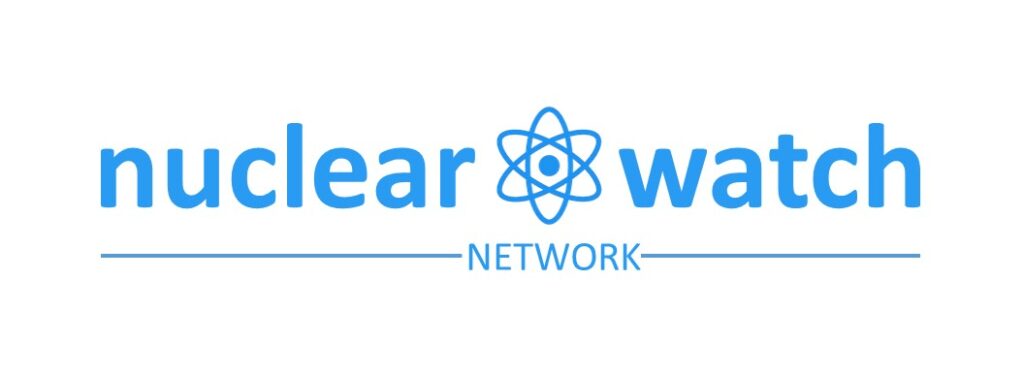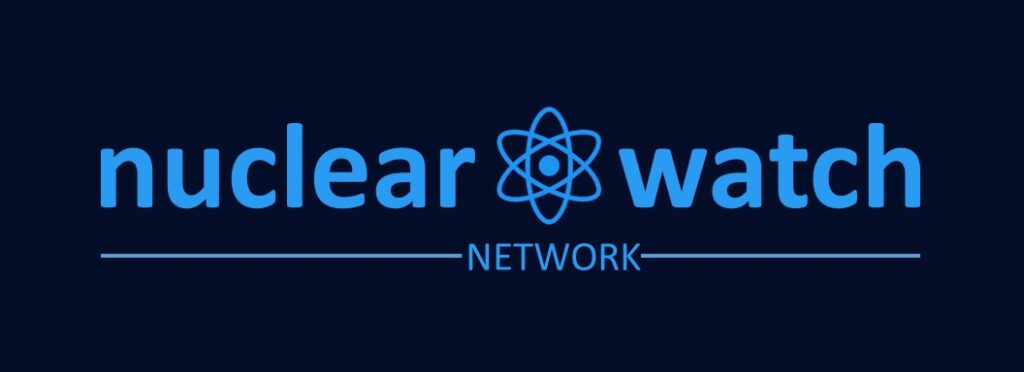Forging a Legacy: Trump’s Bid for a Historic Iran Deal
Sasan Karimi, PhD.
Adjunct professor, Faculty of World Studies, University of Tehran
International Politics Program Director, Nuclear Watch Network
The latest round of nuclear negotiations between Iran and the United States, mediated by the Omani monarchy, has progressed through several stages. Historically, the deep mistrust between the two stateds has made initiating these talks one of the most challenging aspects of the process. Months of preliminary efforts were required to establish a foundation for substantive negotiations, a task that extended beyond the foreign ministries, which serve as the primary executors of diplomatic decisions.
The negotiations commenced with exploratory discussions in Muscat, followed by efforts in Rome to establish a shared framework. Once indirect talks officially began, progress exceeded expectations, with some observers describing the pace as “too good to be true.” However, these advancements have remained largely at a general level thus far.
A well-known adage in diplomatic circles is that “the devil is in the details.” From the U.S. perspective, the objective is to secure an agreement superior to the 2015 Joint Comprehensive Plan of Action (JCPOA), which permitted Iran to enrich uranium to 3.67%, conduct research and development, operate approximately 5,060 IR-1 centrifuges (with additional units in reserve), redesign the Arak heavy water reactor with Chinese and British assistance, and maintain a stockpile of 300 kg of enriched uranium within its borders. From Iran’s standpoint, any further concessions on these terms would be limited, particularly since the negotiations are confined to nuclear issues, precluding trade-offs in other domains.
Since 2015, Iran’s nuclear capabilities have advanced significantly. Iran now enriches uranium to 60%, maintains a substantial stockpile of enriched uranium, produces uranium metal, and operates advanced centrifuges such as IR-6 and IR-8, with significantly enhanced separative work unit (SWU) capacity, all as “remedial and not initiated measures” predicted in paragraphs 26 and 36 the JCPOA deal when breached or unfulfilled by the other sides. These developments represent potential concessions that Iran would likely relinquish only in exchange for substantial and verifiable benefits.
On the sanctions front, the U.S. President faces increased constraints in lifting restrictions on Iran. Iran, in turn, is unlikely to accept an extension of the “sunset” clauses for permanent sanctions relief, a process that is already complex and time-intensive. The mutual political will to reach an agreement remains a positive factor, but this could be undermined by radical voices within the U.S. administration, such as Marco Rubio, or by external actors, with Israel being the most prominent potential spoiler.
The pace of negotiations is critical. An overly rapid process risks reducing the talks to a superficial “photo-op,” as seen during former President Trump’s first term with North Korea, which yielded no tangible results. Conversely, a protracted timeline could provide opportunities for spoilers, including radical elements and secondary actors such as European nations. These actors, wary of being sidelined or losing leverage (e.g., the “snapback” mechanism), may adopt more hardline positions, potentially influenced by Israel.
Additional factors could alter the trajectory of the talks. Should President Trump resolve conflicts in Gaza or Ukraine, he might feel his foreign policy legacy is sufficiently bolstered, potentially reducing his commitment to a nuclear deal with Iran.
The diplomats involved face the complex task of maintaining an appropriate negotiation pace, ensuring substantive progress, and countering spoilers while adopting a realistic approach to the technical details. Although many stakeholders appear supportive or cautiously optimistic about reaching an agreement, the specifics are of paramount importance only to Iran and the United States. Israel, domestic U.S. radicals, and other global actors have yet to fully engage, and their influence cannot be ignored. These challenges must be managed pragmatically, particularly by President Trump, who has a unique opportunity in his second term to forge a fair, sustainable, and mutually beneficial agreement with the Islamic Republic of Iran.

